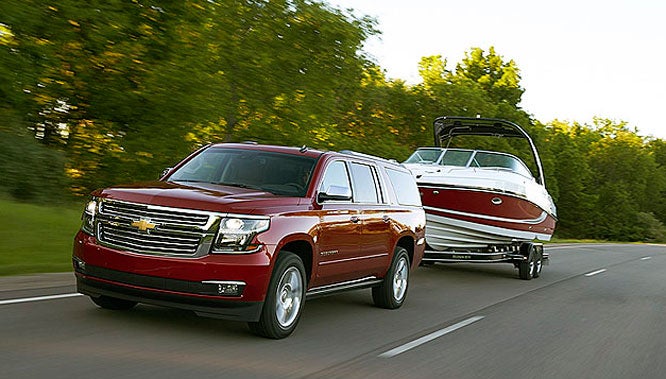
For some people, the most daunting part of boating is simply getting the boat to the water. But towing doesn’t have to be difficult. Here’s a simple 10-step checklist to make towing as safe and carefree as possible.
1. Check Your Gear Is Secure
When you’re headed for the lake, it is best to carry your gear in the tow vehicle, rather than in the boat. But if you need to transport some gear in the boat, make sure it’s safely stowed – ideally inside one of the boat’s storage compartments, and that the door is properly secured. You don’t want expensive fishing rods or a landing net to blow out of the boat and onto the highway. Beyond proving expensive, your gear could easily hit another vehicle and cause an accident.
2. Check Your Straps
Before hitting the highway, take a moment to ensure that all tie-down straps are properly fastened. It’s also worth checking that the strap tag ends are also secured, so they won’t flap while underway or drag on the road.
3. Check Your Cover
If you’re towing the boat with its cover in place, make sure it’s properly installed and that all of its tie-downs are also secure. Wrap the tag ends neatly so they don’t loosen while under way.
It is important to note that most mooring covers are not intended to be used when towing. If you prefer to keep the boat covered while underway, you’ll want to invest in a proper trailering cover that’s designed for extended highway use.
4. Raise Your Engine
Protect your engine from impact damage while towing by ensuring it is set in the raised position. Using an aftermarket transom saver to provide added support will protect both the engine and the boat transom from stress caused by potholes or rough roads.
5. Check Your Hitch
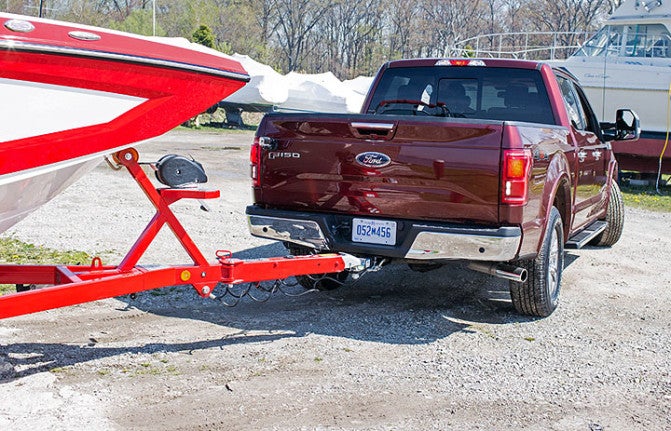
Before hitting the road, check your hitch to ensure everything is connected properly between the trailer and your tow vehicle.
Before hitting the road, take a moment to check that everything is connected properly between the trailer and your tow vehicle. Check the coupler is seated properly on the hitch ball, that the coupler latch closes securely, and that your safety pin (or better yet, a pad lock) is securely in place to keep the latch from springing open while underway.
6. Check Your Connections
It’s also important to check your electrical connections for the trailer brakes and the lights, to ensure they’re properly hooked up. Test the brake lights and turn signals to ensure they’re working properly.
7. Check the Safety Chains
Before heading out, it’s important to ensure that the trailer’s safety chains are properly and securely connected to the vehicle. Cross the chains under the hitch, so the chain on the left side of the trailer connects to the right side of the hitch, and vice-versa. This will protect the coupler from hitting the road should it jump off the hitch in an accident.
More and more jurisdictions in North America are calling for motorists to replace the standard steel S-hooks on safety chains with approved closed loops (in some areas a rubber stopper over the open end of the S-hook will suffice). Replacing S-hooks with approved closed loops is a good idea, and ensures that you’re legal no matter where you travel.
Apart from the safety chains connecting the trailer to the vehicle, also ensure that the safety chain connecting the boat to the trailer is properly set and secure.
8. Check Your Brake Fluid
Most of us know to keep the fluids topped up on our vehicles, but may not realize that trailers equipped with brakes also need periodic maintenance. Watch for leaks under your trailer’s brake actuator, and check the fluid level regularly.
9. Check the Trailer Tires
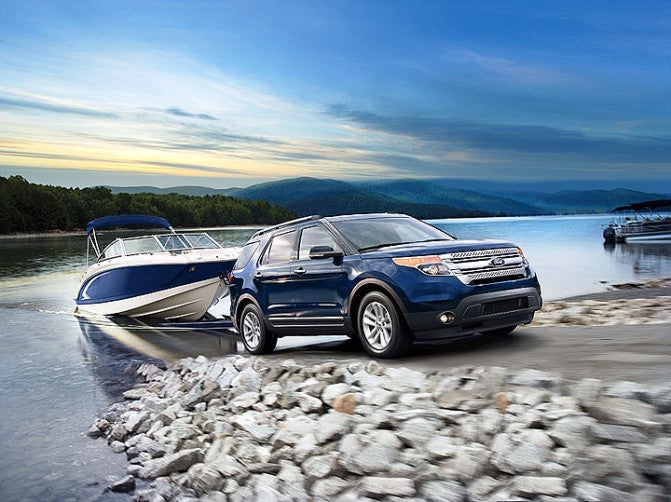
Because they heat up while driving then are plunged into cool water at the launch, trailer tires need to be periodically checked for wear.
Because they’re repeatedly heated by rolling down the highway then plunged into cool water when we launch, trailer tires take a tremendous beating, and need to be carefully checked for wear. Examine the side walls for tiny, spider-like cracks, and check the treads for wear (insert a penny into the treads – if you can see the top of Lincoln’s head, it’s time to replace them).
Trailer tires are normally inflated to a higher pressure than those of your tow vehicle. Always check the inflation every time you set out.
10. Check the Trailer Bearings
Just as trailer tires are subject to shock from being repeatedly heated and cooled, so too are your trailer’s wheel bearings. Any evidence of grease spots on the wheel rim or the inside of the fender are a clear sign of impending trouble.
Pop off the bearing dust cap every now and then to visually confirm it’s fully packed with grease. If the level is low or you’re seeing any bear metal, you’ll want to repack the bearings as soon as possible.
Adding aftermarket bearing protectors is an inexpensive way to protect the bearings from damage from water intrusion.

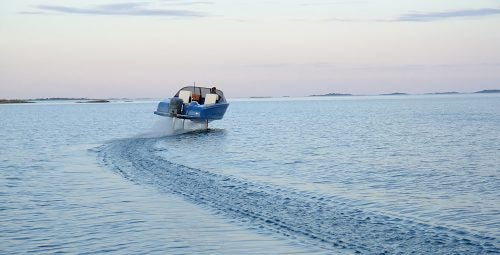

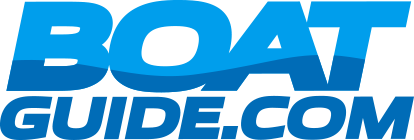

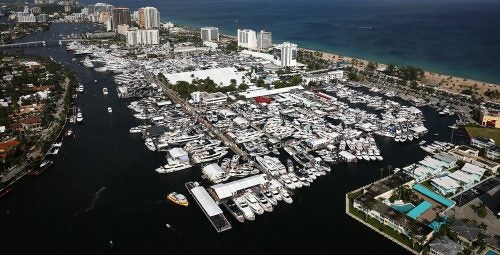 Fort Lauderdale International Boat Show Preview
Fort Lauderdale International Boat Show Preview 10 Best New Boat Accessories at IBEX 2021
10 Best New Boat Accessories at IBEX 2021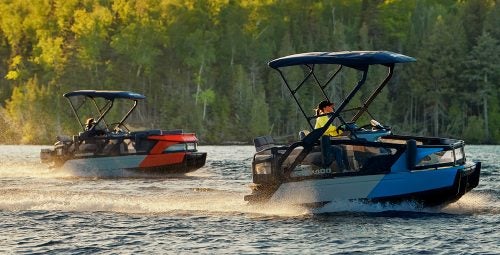 2022 Sea-Doo Switch Pontoon Boat Lineup Unveiled
2022 Sea-Doo Switch Pontoon Boat Lineup Unveiled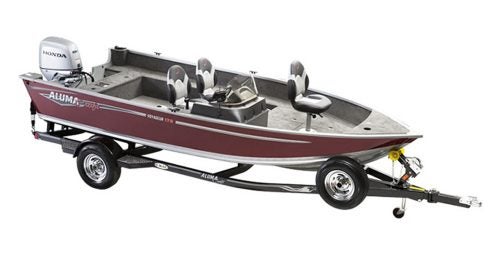 BRP Enters Fishing Boat Market with Purchase of Alumacraft Boat
BRP Enters Fishing Boat Market with Purchase of Alumacraft Boat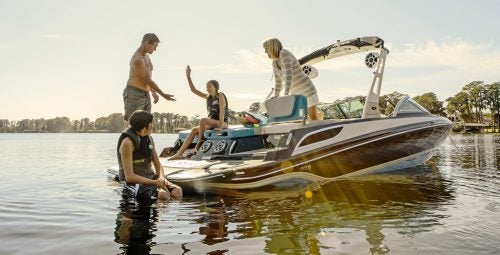 Volvo Commits To Electric Power By 2021
Volvo Commits To Electric Power By 2021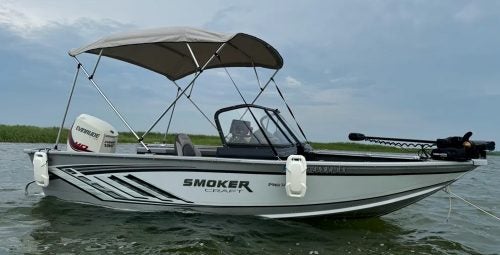 Kemimoto 4 Bow Bimini Top and Boat Bumper Review
Kemimoto 4 Bow Bimini Top and Boat Bumper Review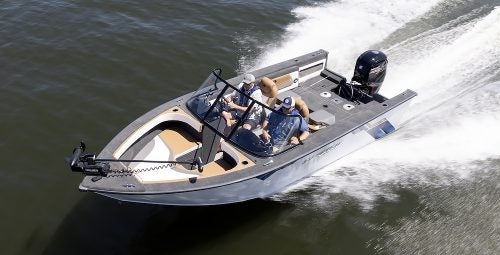 Starweld Victory 20 Review
Starweld Victory 20 Review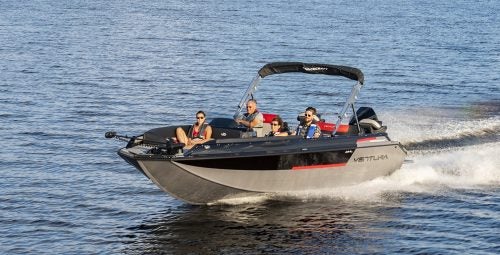 Princecraft Ventura 23 RL Review
Princecraft Ventura 23 RL Review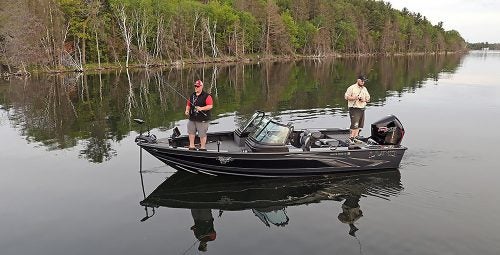 Lund 2075 Pro V Review
Lund 2075 Pro V Review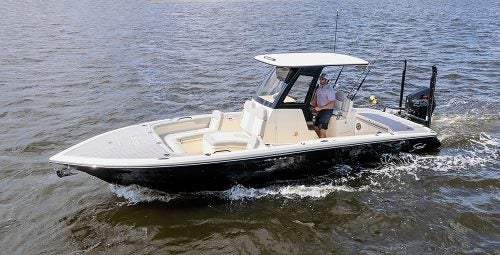 Scout 281 XSS Review
Scout 281 XSS Review Fuel Saving Tips For Boaters
Fuel Saving Tips For Boaters Best Boating Accessories
Best Boating Accessories Best Boating Apps
Best Boating Apps 5 Pontoon Boats That Are Made To Fish
5 Pontoon Boats That Are Made To Fish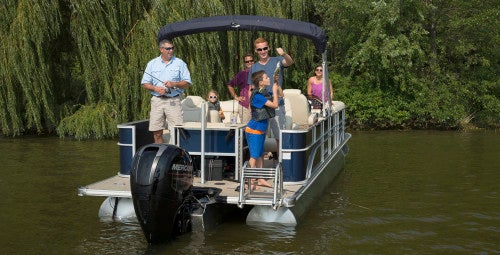 10 Great Small Pontoons
10 Great Small Pontoons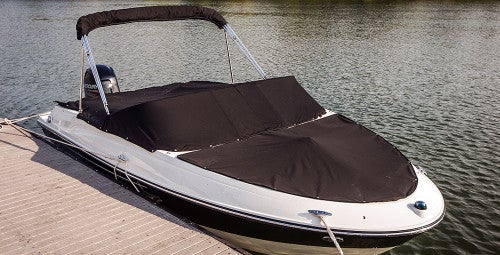 Your Boat Was Expensive—Do You Really Trust a $2 Rope From the Dollar Store to Secure It?
Your Boat Was Expensive—Do You Really Trust a $2 Rope From the Dollar Store to Secure It?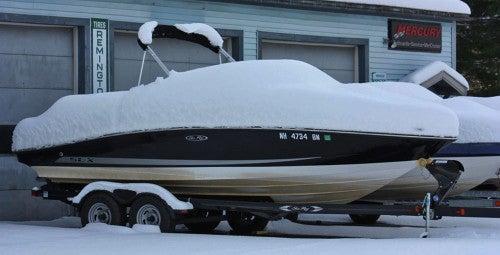 Do I Need Insurance Coverage Against Ice or Freezing Damage?
Do I Need Insurance Coverage Against Ice or Freezing Damage?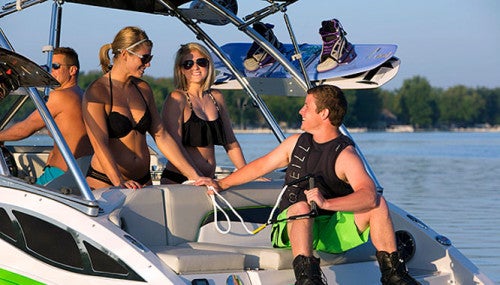 What Kind Of Insurance Coverage Do I Need?
What Kind Of Insurance Coverage Do I Need?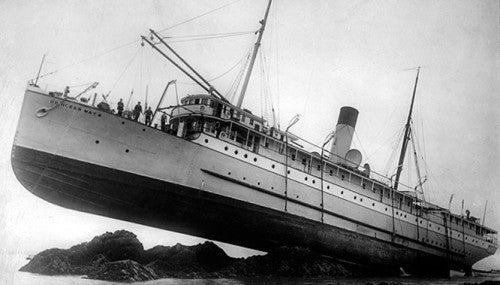 What About Salvage?
What About Salvage?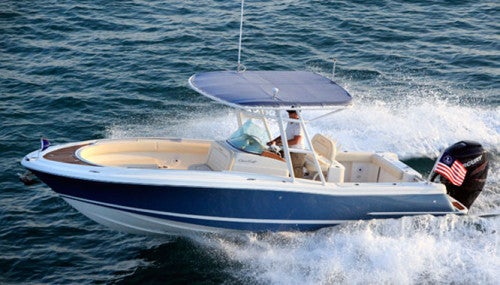 Boat Insurance or Yacht Insurance?
Boat Insurance or Yacht Insurance?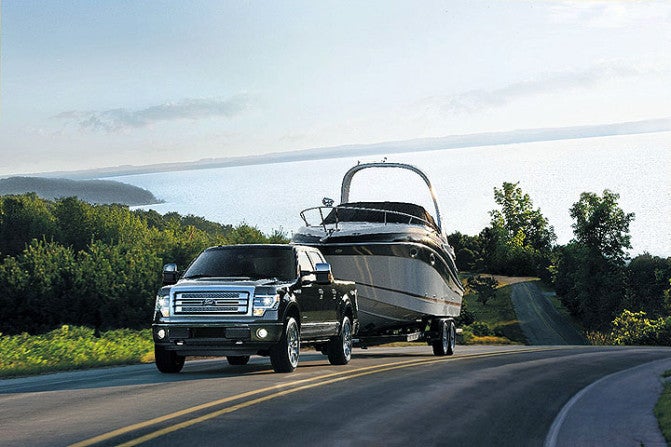
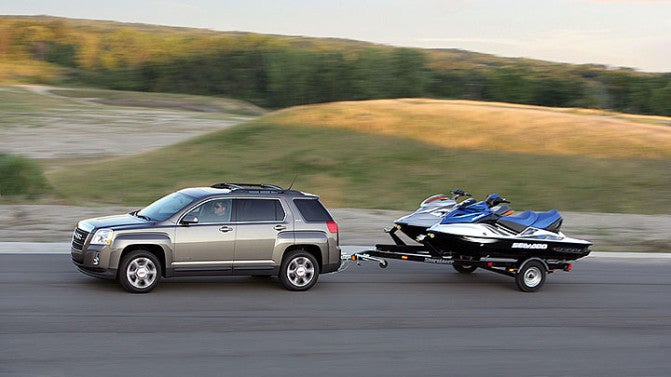
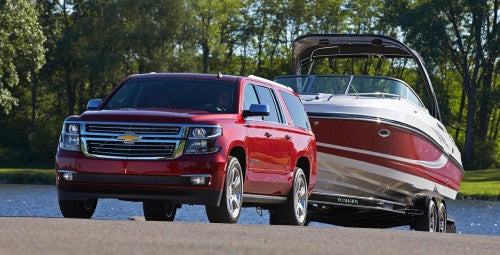
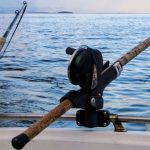
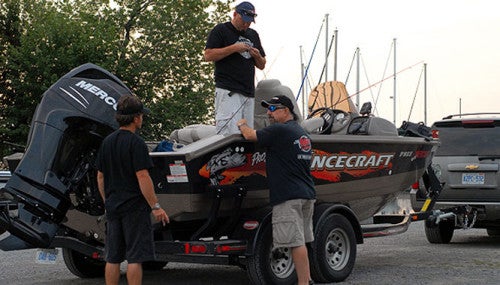

 The Best Bowriders For The Money
The Best Bowriders For The Money
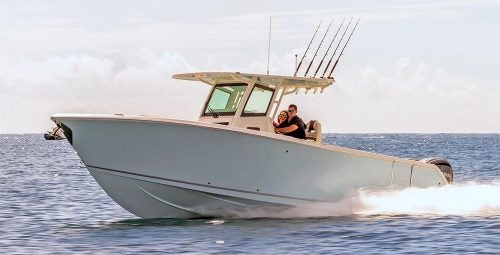 Sailfish 312CC Review
Sailfish 312CC Review
 The Wildest Concept Yachts
The Wildest Concept Yachts
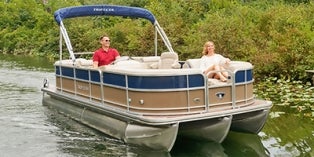 2016 Trifecta 200 Series 220FCR
2016 Trifecta 200 Series 220FCR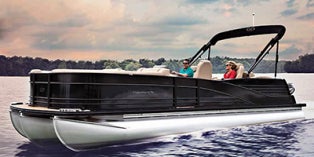 2016 Harris Grand Mariner SL 270 DL
2016 Harris Grand Mariner SL 270 DL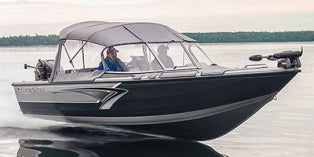 2016 Crestliner Authority 2050
2016 Crestliner Authority 2050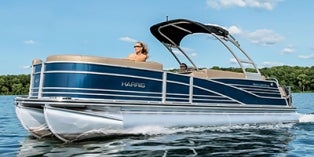 2016 Harris Grand Mariner SL 230 DLDH
2016 Harris Grand Mariner SL 230 DLDH
